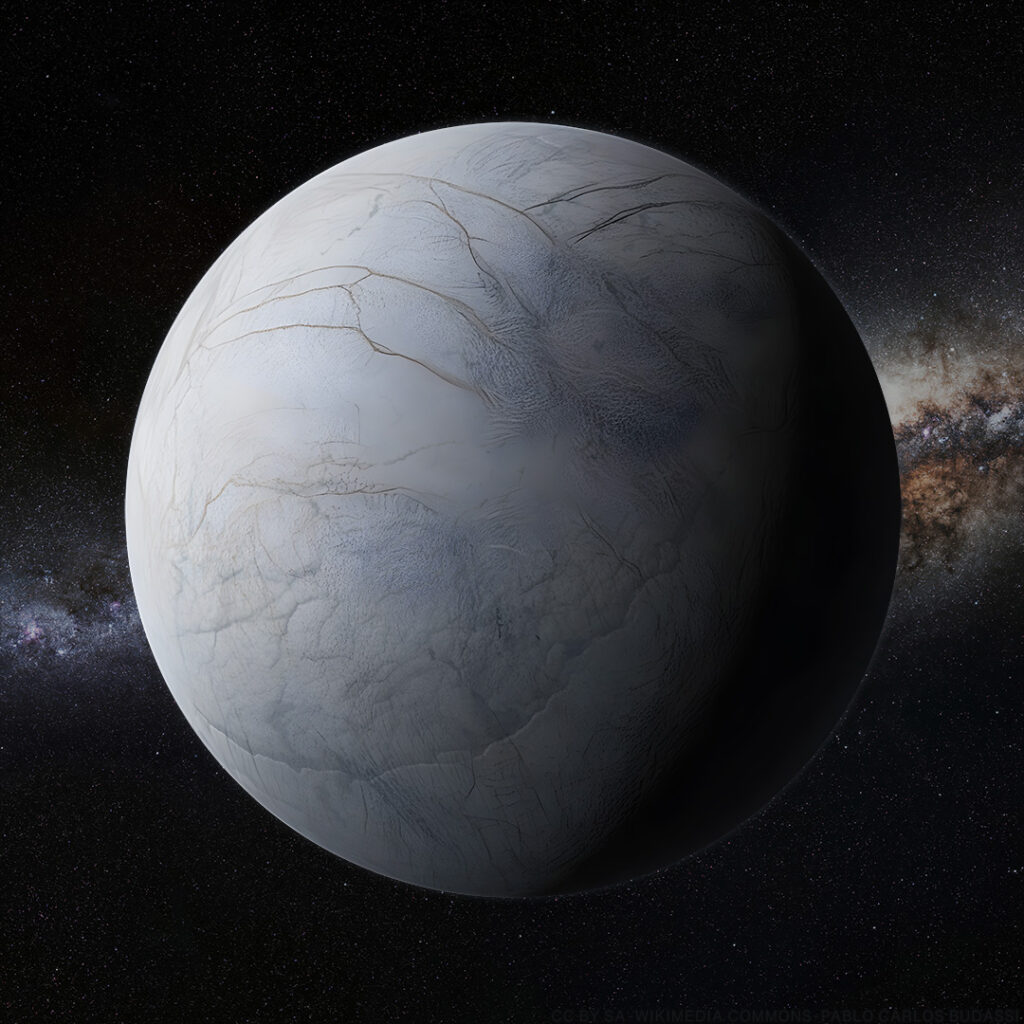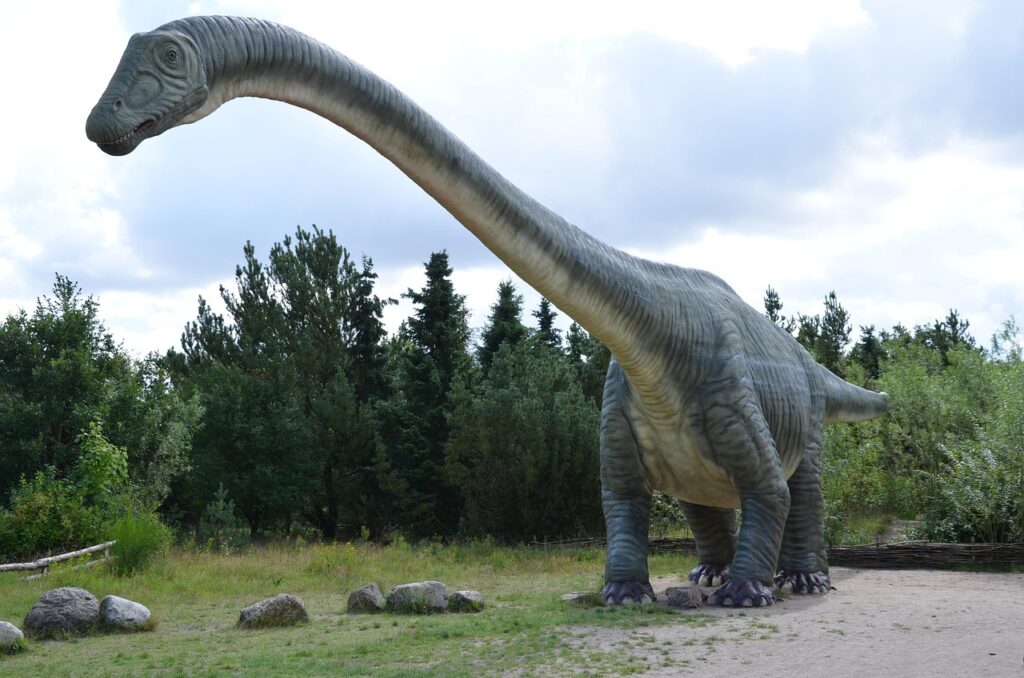Picture our planet as a giant frozen marble suspended in space, completely encased in ice from the North Pole to the South Pole. This isn’t science fiction. Around seven hundred million years ago, Earth transformed into what scientists now call a “Snowball Earth,” where temperatures plummeted so dramatically that even tropical regions froze solid.
The question of whether these ancient ice ages lasted for millions of years has captivated researchers for decades. Recent scientific breakthroughs have provided startling answers that challenge our understanding of how long our planet can remain locked in an icy grip.
The Discovery That Changed Everything
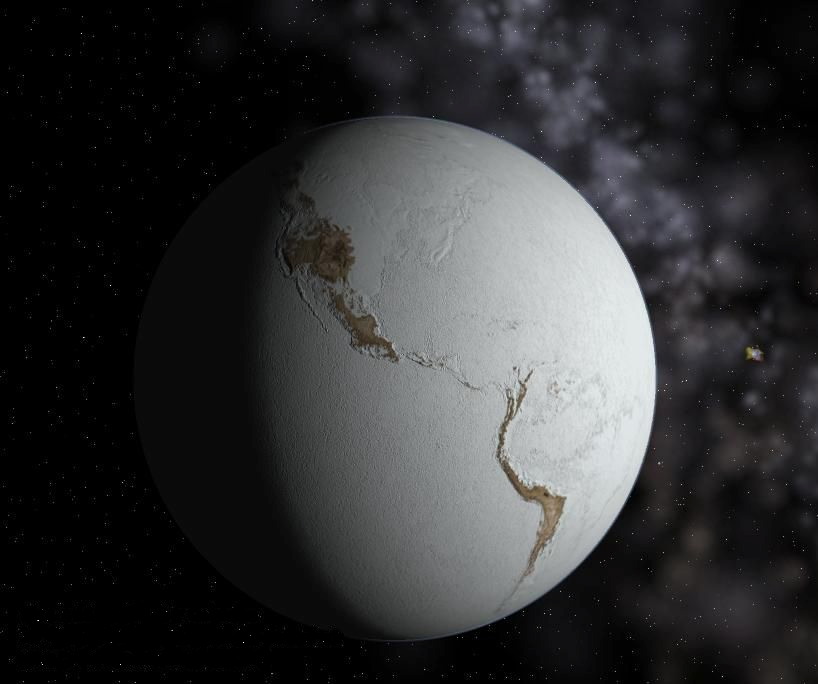
The Sturtian lasted approximately 57-58 million years from around 717–660 million years ago and is documented in 39 places on 6 continents. The Marinoan lasted around 5 million years in the time frame of about 645–640 million years ago with 48 global locations.
Scientists have identified not one, but two massive global freeze events during what’s known as the Cryogenian Period. These weren’t your typical ice ages where glaciers slowly advanced and retreated over relatively short periods.
Around 717 million years ago, planet Earth was plunged into a 57-million-year-long ice age. Dr Dutkiewicz said: “Various causes have been proposed for the trigger and the end of this extreme ice age, but the most mysterious aspect is why it lasted for 57 million years – a time span hard for us humans to imagine.” The first major glaciation, called the Sturtian, represents the longest continuous ice age in Earth’s recorded history.
When Earth Became a Giant Snowball
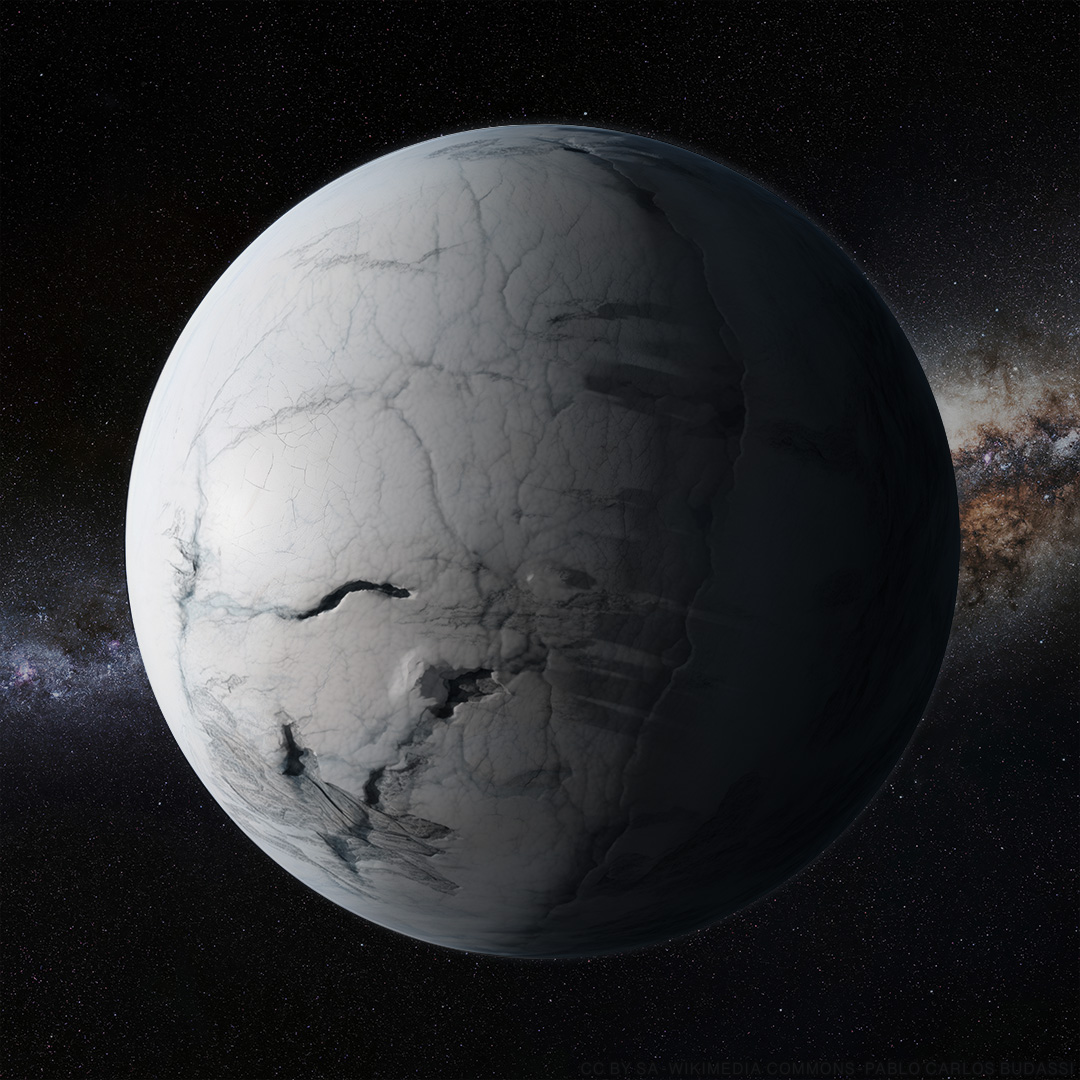
The Cryogenian (from Ancient Greek: κρύος, romanized: krýos, meaning “cold” and γένεσις, romanized: génesis, meaning “birth”) is a geologic period that lasted from 720 to 635 million years ago. After the long environmental stability/stagnation during the Boring Billion, the Sturtian glaciation began at the beginning of Cryogenian, freezing the entire planet in a state of severe icehouse climate known as a snowball Earth.
Imagine trying to comprehend a time span that dwarfs all of human civilization. We now know that the first Snowball lasted for approximately 57-58 million years and that is completely inconsistent with the Slushball idea. During this period, ice sheets potentially reached thicknesses of several kilometers, creating a reflective white surface that bounced sunlight back into space.
Scientists estimate that average global temperatures dropped to extremely low levels, possibly reaching minus 40 degrees Celsius or lower during these ice ages, which with the Sturtian lasting about 57-58 million years and the Marinoan lasting about 5-15 million years. These temperatures were so extreme that they make Antarctica today seem like a tropical paradise by comparison.
The Geological Evidence That Proves It
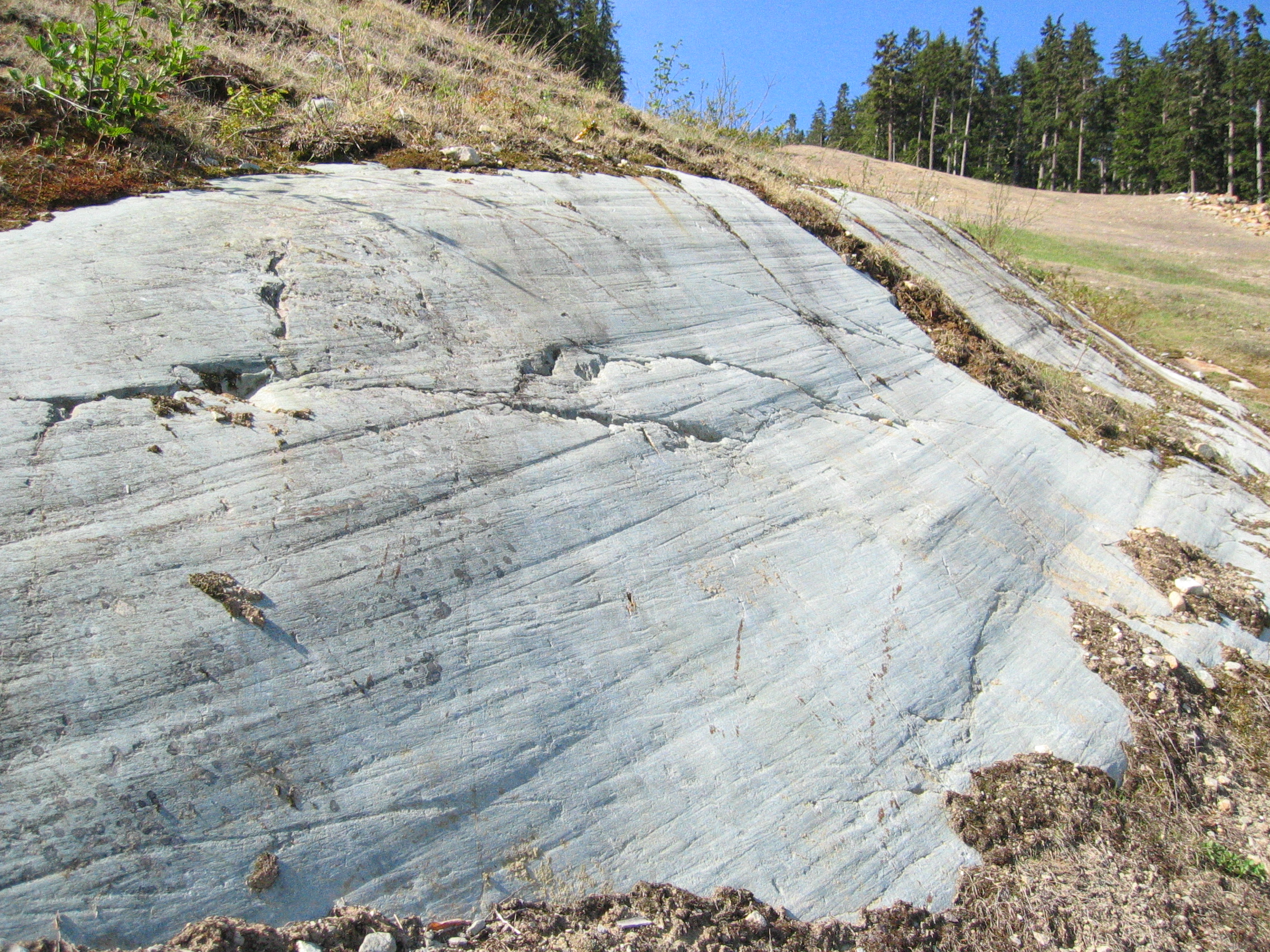
The deposits of glacial tillite also occur in places that were at low latitudes during the Cryogenian, a phenomenon which led to the hypothesis of deeply frozen planetary oceans called “Snowball Earth”. Therefore, the presence of glacial deposits within the tropics suggests global ice cover.
Geologists found the smoking gun in an unexpected place: rocks that formed at the equator during this ancient time period. These rocks contain unmistakable signs of glacial activity, including scratches left by moving ice sheets and massive boulders that could only have been transported by glaciers.
Ancient glaciers left behind three kinds of signatures: (1) striations, (2) tillites, and (3) dropstones. Dropstones are particularly telling because they represent rocks that were frozen into icebergs, carried far from their origin, then dropped to the ocean floor when the ice melted. Finding these at what were once tropical latitudes provides compelling evidence for global glaciation.
Why Earth Stayed Frozen for So Long
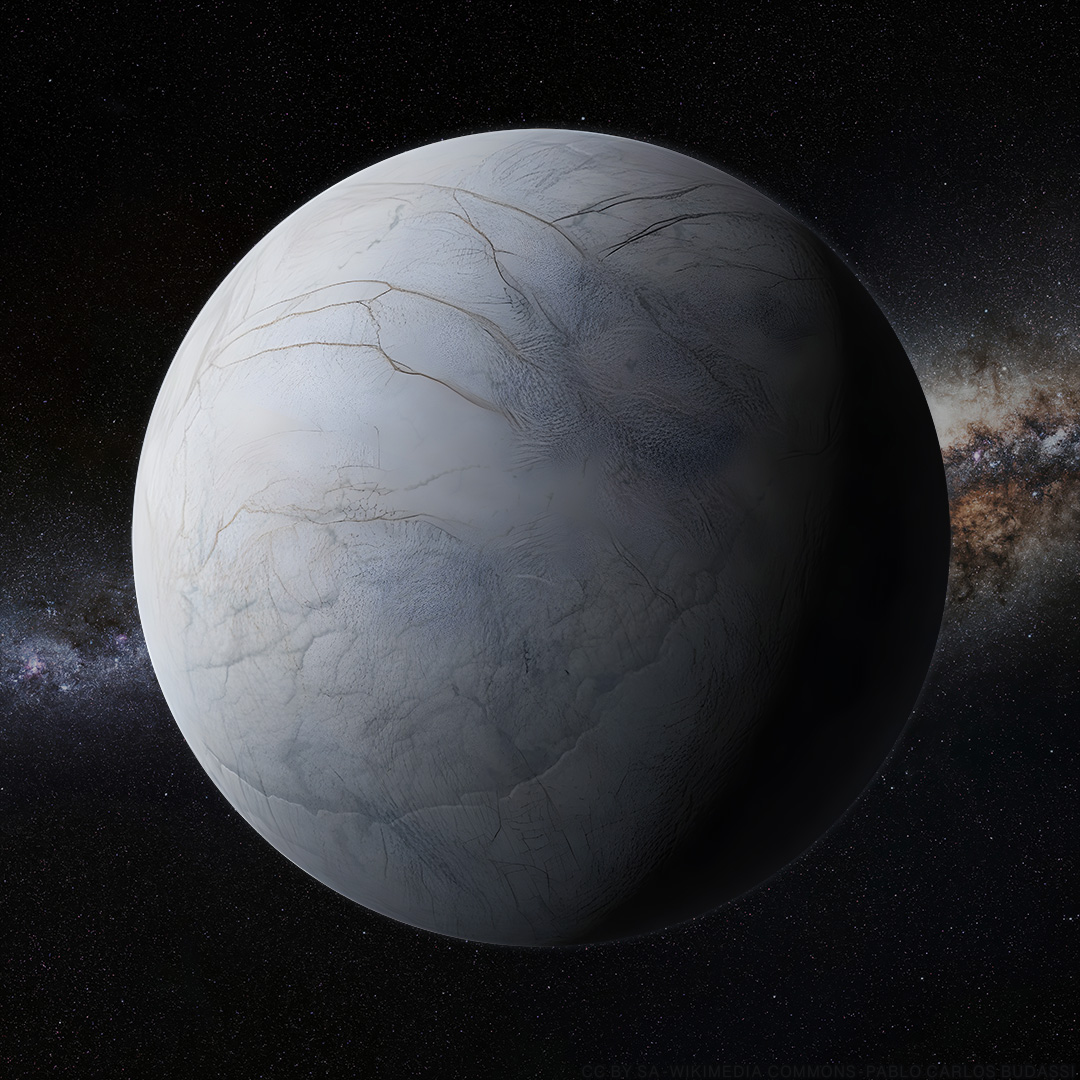
They soon realised that the start of the Sturtian ice age precisely correlates with an all-time low in volcanic CO2 emissions. In addition, the CO2 outflux remained relatively low for the entire duration of the ice age.
The mystery of the ice age’s incredible duration has finally been solved. Recent research using advanced computer modeling revealed that Earth’s volcanic activity dropped to historically low levels right as the Sturtian glaciation began. Without volcanic carbon dioxide to warm the atmosphere, our planet remained trapped in its frozen state.
“We think the Sturtian ice age kicked in due to a double whammy: a plate tectonic reorganisation brought volcanic degassing to a minimum, while simultaneously a continental volcanic province in Canada started eroding away, consuming atmospheric CO2. The result was that atmospheric CO2 fell to a level where glaciation kicks in – which we estimate to be below 200 parts per million, less than half today’s level.”
This geological “double whammy” created perfect conditions for a runaway ice age that persisted for an almost incomprehensible length of time.
The Mysterious Survival of Life

However, microfossils such as stromatolites and oncolites prove that, in shallow marine environments at least, life did not suffer any perturbation. Instead life developed a trophic complexity and survived th
Perhaps the most remarkable aspect of Snowball Earth is that life not only survived but somehow managed to persist through tens of millions of years of extreme cold. This survival story challenges everything scientists thought they knew about the limits of life on our planet.
The slightly warmer temperatures around the middle of the Earth melted the top layers of ice to form meltwater ponds that hovered around 0°C. This stable, warmer temperature could have served as a habitable refuge for some forms of complex life. The diverse communities of microorganisms that lived in these ponds would have created their own ecosystems that allowed life to survive.
Recent discoveries in Antarctica have revealed how ancient life might have endured. Modern meltwater ponds contain thriving microbial communities that create their own miniature ecosystems, providing a window into how our ancestors weathered Earth’s most extreme climate crisis.
Ocean Refuges in a Frozen World
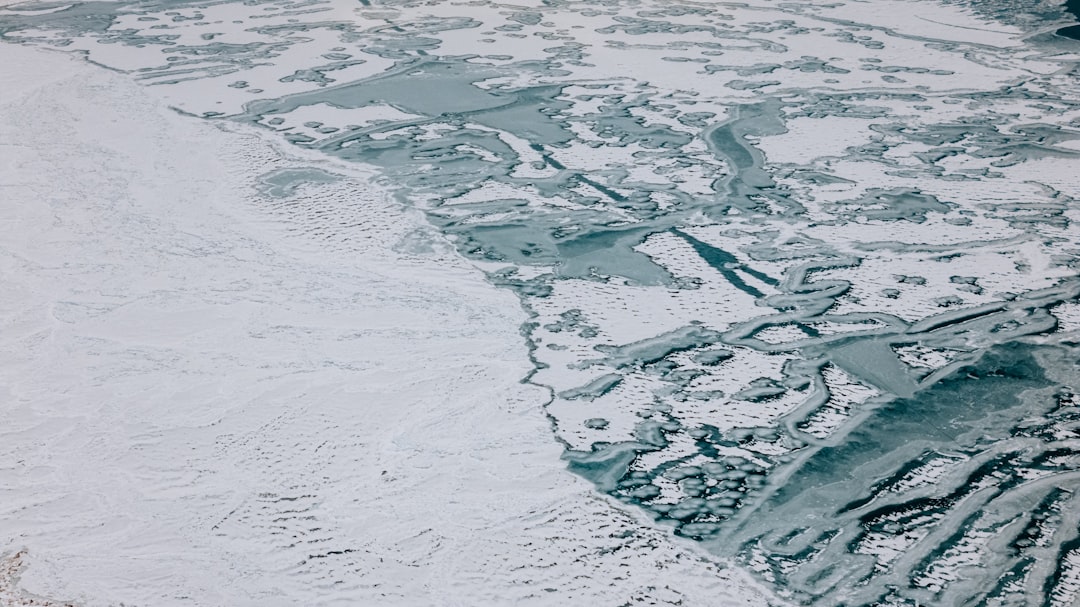
But excitingly, we discovered that the seawater closest to the ice-covered shoreline was actually oxygen-rich. This is the first direct evidence for oxygen-rich marine environments during Snowball Earth, and provides a possible explanation for how the evolving complex marine life of the time was able to survive and later evolve.
Scientists studying iron-rich rock formations from this period made an astonishing discovery. While most of the oceans were likely oxygen-poor death zones, areas near melting ice sheets maintained oxygen levels that could support complex life forms.
Oxygenated subglacial meltwater, along with iron-rich sediments dissolved in the glacial water, generated a meltwater oxygen pump when it entered the ocean, where it provided eukaryotes with some oxygen, and both photosynthetic and chemosynthetic organisms with sufficient nutrients to support an ecosystem. The freshwater would also mix with the hypersaline seawater, which formed areas less hostile to eukaryotic life than elsewhere in the ocean.
These oxygenated refuges acted like underwater oases, allowing the ancestors of all modern complex life to survive Earth’s most challenging period.
The Double Ice Age Phenomenon
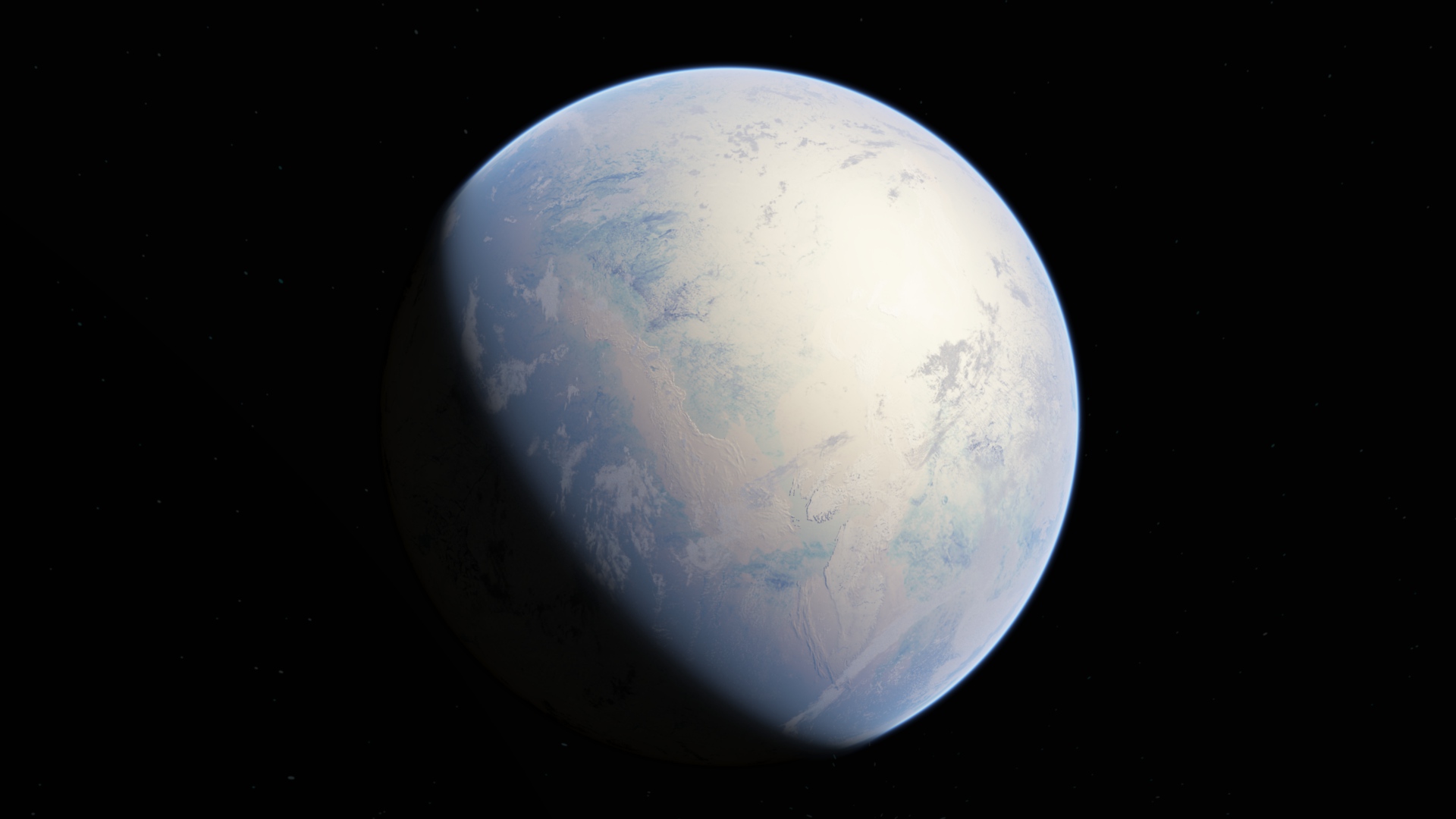
One thing the dating revealed was that the two Snowball Earths occurred in rapid succession and were very unequal in duration. The first one lasted 58 million years and the second one only lasted 5 million to 15 million years. There’s only about 10 million years when there was no ice at all and then suddenly the planet went back into Snowball Earth.
What makes the Cryogenian period even more extraordinary is that Earth didn’t just experience one prolonged ice age. After the first mammoth freeze finally ended, the planet enjoyed a brief warm period before plunging back into another global glaciation.
After 70 million years it ended, but was quickly followed by another global ice age, the Marinoan glaciation. Between the Sturtian and Marinoan glaciations was a so-called “Cryogenian interglacial period” marked by relatively warm climate and anoxic oceans, along with marine transgression.
The timing suggests that whatever conditions led to the first Snowball Earth hadn’t fully resolved, making the planet vulnerable to another freeze once atmospheric conditions shifted again.
How Earth Finally Broke Free

Intense volcanism and tectonic activity continued during the Cryogenian Period, and most climatologists suggest that the release of tremendous amounts of carbon dioxide from volcanic outgassing ended each glacial episode. Rising atmospheric carbon dioxide concentrations trapped heat near Earth’s surface, which warmed the air and caused the ice sheets to retreat.
The escape from Snowball Earth was as dramatic as its onset. Buildup of these greenhouse gases eventually drove runaway heating that ended the glaciation very rapidly, with researchers estimating that global average temperatures rose to 122oF (50oC) in just a few hundred years.
Some studies suggest that carbon dioxide levels during the Marinoan increased to perhaps as much as 350 times present-day levels. This extreme greenhouse effect transformed Earth from a frozen wasteland into a sweltering hothouse in what amounts to an instant in geological terms.
The Aftermath That Changed Life Forever

The resulting sediments supplied to the ocean would be high in nutrients such as phosphorus, which combined with the abundance of CO2 would trigger a cyanobacteria population explosion, which would cause a relatively rapid reoxygenation of the atmosphere and may have contributed to the rise of the Ediacaran biota and the subsequent Cambrian explosion – a higher oxygen concentration allowing large multicellular lifeforms to develop. Nutrients such as phosphorus might have contributed to the huge explosion of life that came about – a phenomenon we know as the Cambrian Explosion.
The end of Snowball Earth didn’t just restore life to normal conditions. The massive melting released billions of years’ worth of accumulated nutrients into the oceans, creating perfect conditions for an evolutionary breakthrough.
Drawing on evidence across multiple continents, scientists say these Snowball Earth events may have paved the way for the Cambrian explosion of life that followed – the period when complex, multicellular organisms began to diversify and spread across the planet. This period saw the emergence of virtually all major groups of animals we recognize today.
The extreme conditions may have actually accelerated evolution by creating isolated populations in various refuges, each adapting to slightly different conditions before reuniting in the post-glacial world.
Conclusion
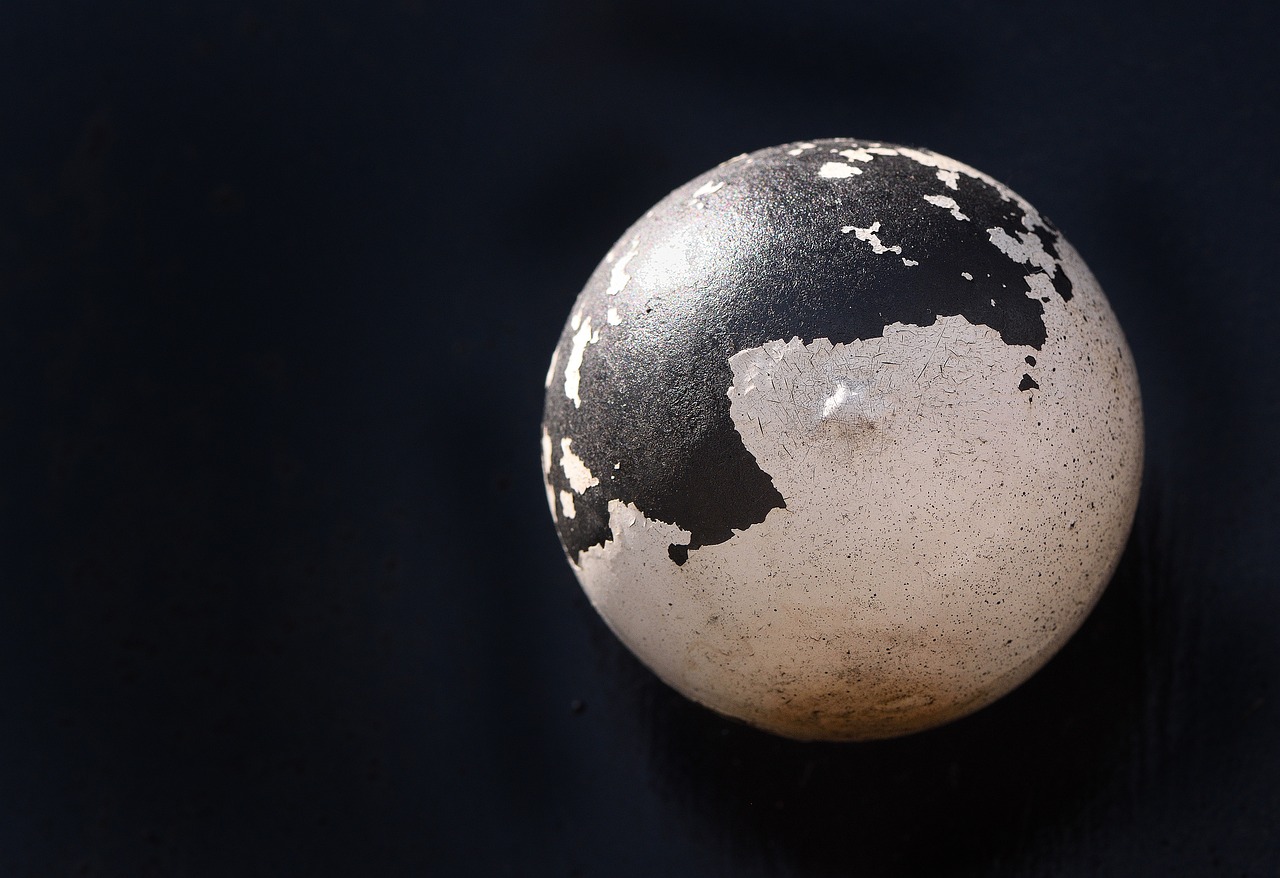
The question of whether Earth’s first ice age lasted for millions of years has been definitively answered: it lasted for tens of millions of years, far exceeding even the most extreme estimates scientists had previously considered. By comparison, even at the most extreme point of the last ice age, the ice sheets covered approximately 30 percent of the globe, and then for only a fraction of the time represented by the Sturtian ice age.
These Snowball Earth events represent the most severe climate crises in our planet’s history, yet they also set the stage for the greatest diversification of life ever recorded. The story of how life not only survived but thrived after these extreme conditions offers profound insights into the resilience of life and the interconnected nature of Earth’s climate and biological systems.
What fascinates you more about this ancient freeze: how life managed to survive such extreme conditions, or how our planet eventually broke free from its icy prison? Share your thoughts in the comments below.

